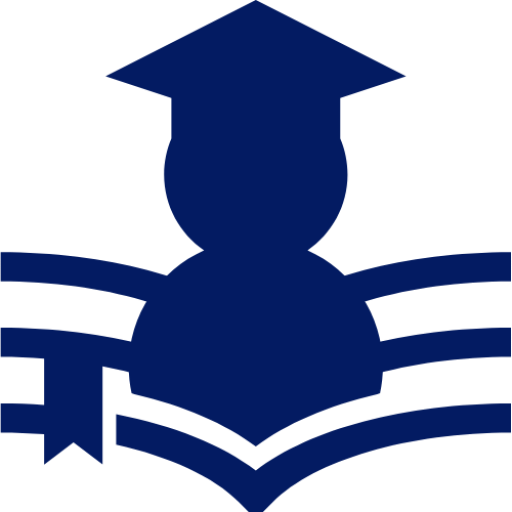Learning a second language has practically become a necessity. On the one hand, it is a highly valued quality in the workplace, and it is also very helpful when traveling internationally.
English has positioned itself as the universal language, so non-natives strive to learn it. Thus, they achieve engage in conversations with people from other parts of the world in a common language.
In countries like Colombia, for example, English is taught from school; however, not all institutions have equally developed programs to guarantee that their students finish school being completely bilingual. Consequently, they often have to continue their training in other educational centers.
As explained to Mike Mayor, Senior Director of Global English Scale at Pearson, both AI and VR are playing an increasingly important role, which will continue to grow in the coming years.
“Virtual reality is a great way to bring the outside world into the classroom (which is what we often try to do in the language classroom): simulate real-life experiences and allow students to practice speaking. It has also been shown to benefit weaker students who may lack confidence and may assume a different persona in the virtual world, and this way they can practice speaking in a safe environment. Currently, the price of headphones is the main obstacle, but this will undoubtedly change over time,” Mayor said.
Regarding artificial intelligence, he commented that it is having a quite disruptive role in education in general: “Students, teachers and editors are still trying to figure out the best way to integrate it into what they are currently doing. It seems that prohibiting its use in education is not the way to go, but students need to learn (and be taught) how to use it to support learning (rather than simply providing the answer, for example, an essay, to a question)”.
“There are several programs now harnessing the power of artificial intelligence for tutoring, providing guiding questions to support learning, rather than simply providing the answer. At this time, Open AI is not stable or reliable enough to be used 'raw' in high-stakes exams, so the artificial intelligence we see in high-stakes assessments is more restricted and really falls under the term of 'machine learning', in which many humans have been involved in training the program to rate spoken and written responses,” the expert added.
How to take advantage of AI and VR in language learning?
According to Mayor, a key way these modern tools can be used is to support self-learning and extend the learning process outside of the classroom.
“It takes many hours to master a language and contact hours in class are quite limited. By providing additional practice outside of the classroom, you allow students to progress more quickly (and consolidate learning in class), take more control of their own learning and offer tools that can be used after they have left formal education. Generally, they are a cheaper option than private tutoring,” she said.
“While I wouldn't advocate using technology for the sake of it, I think teachers need to recognize that it is such an important part of students' lives. “It makes sense to incorporate it into language teaching as a way to involve, motivate and keep learning relevant,” he added.
Confidence in language learning
Tools and methodologies aside, a crucial element, according to Mayor, for learning languages is confidence.
“There is much evidence to support the claim that confidence has an impact on student motivation and progress.. One of our objectives when developing the Global English Scale was to provide teachers with tools and resources that allow them to build the confidence of their students,” highlighted the expert.
In that sense, he explained that there are four key areas:
1. Make sure students are working at the right level of challenge
It means providing the right amount of challenge to ensure a student is progressing.
“If there is not enough challenge, they will remain at the same level without advancing. Too much challenge, they will constantly fail. To ensure that we are working at the right level of challenge, we must first place students at the beginning of a learning program, so we know which language functions we want to teach,” explained Mayor.
2. Set 'SMART' learning goals
It refers to specific, measurable, achievable, realistic and time-bound objectives). “There is evidence to suggest that by sharing learning objectives with students at the beginning of a lesson, they will retain more and make more progress.”
3. Allow students to experience success
According to Mayor, students (especially adults) often tend to say that they are not good at learning English. However, she mentions that this belief forms a “fixed mindset” and suggests that some people are born with a natural ability to learn languages and others are not.
“In general (with the exception of neurological disorders), there is no reason why someone cannot learn English. This 'fixed mindset' is usually the result of bad learning experiences in which they have failed many times. We need to foster a 'growth mindset' in which students have confidence that they can progress (even if it is difficult and takes many years). Setting short-term goals and celebrating short-term successes is one way we can allow our students to experience success and the joy of progress,” Mayor told .
4. Get students to reflect on their learning
Finally, the expert emphasized that students “need to take ownership of their learning journey.” To do this, they must also reflect on the knowledge acquired in each lesson, since it is a form of self-assessment.
“It gives them the opportunity to revisit anything they are unsure about and, again, there is research evidence to suggest that this self-reflection has a direct impact on the student's progress”, he stressed.



